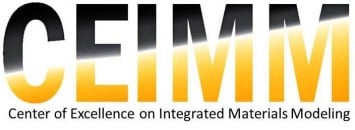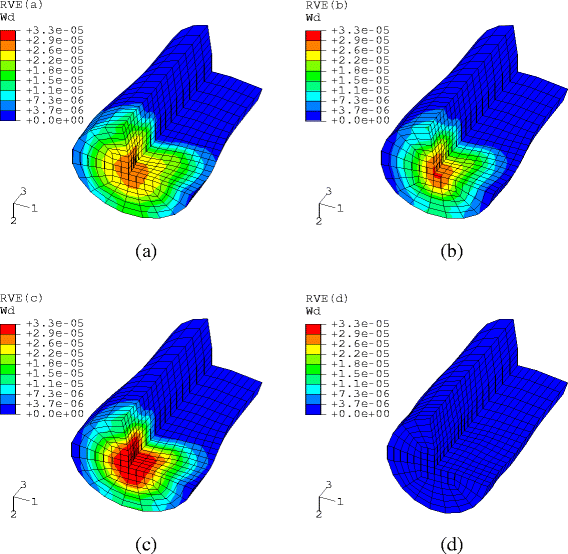Foundational aspects of a multi-scale modeling framework for composite materials
Abstract extracted from the journal, Integrating Materials and Manufacturing Innovation (IMMI) :
The objective of this paper is to provide an integrated computational materials science and engineering or ICMSE perspective on various aspects governing multi-scale analysis of composite materials. These include microstructural characterization, micromechanical analysis of microstructural regions, and bridging length scales through hierarchical modeling. The paper discusses methods of identifying representative volume elements or representative volume elements (RVEs) in the material microstructure using both morphology- and micromechanics-based methods. For microstructures with nonuniform distributions, a statistically equivalent RVE or SERVE is identified for developing homogenized properties under undamaged and damaging conditions. A particularly novel development is the introduction of SERVE boundary conditions based on the statistical distribution of heterogeneities in the domain exterior to the SERVE. A micromechanical model of the SERVE incorporating explicit damage mechanisms like interfacial debonding, and fiber and matrix damage is developed for crack propagation. Finally, a microstructural homogenization-based continuum damage mechanics (HCDM) model is developed that accounts for the microstructural distributions as well as the evolution of damage. The HCDM model-based simulations are able to provide both macroscopic and microscopic information on evolving damage and failure.
Above is figure 16, depicting contour plots of dissipated energy (Wd) due to damage with RVEs (a), (b), (c), and (d) at time = 5.0 μs.



